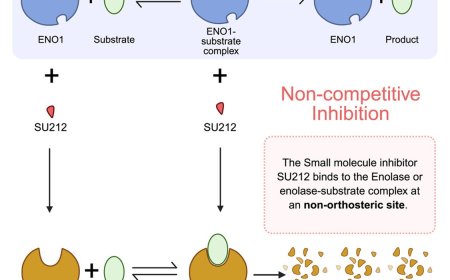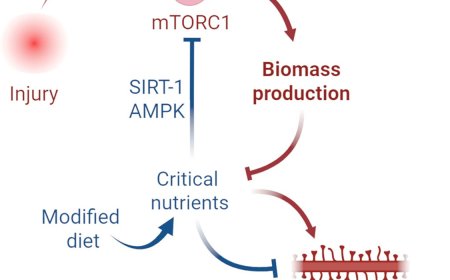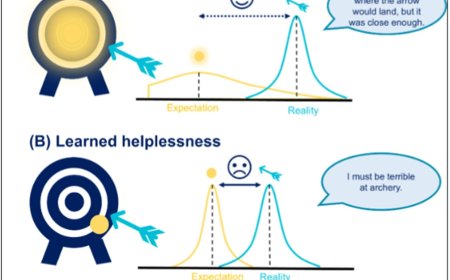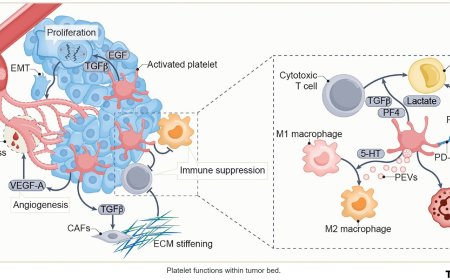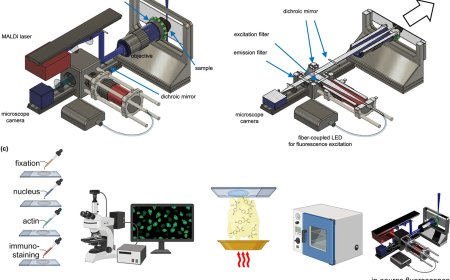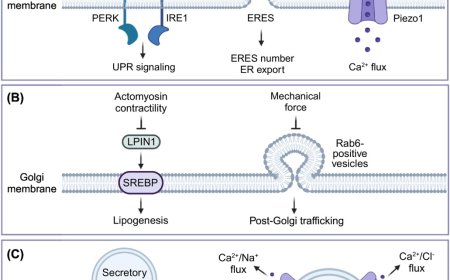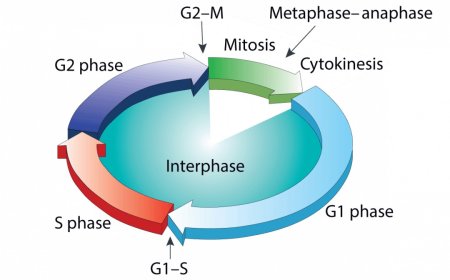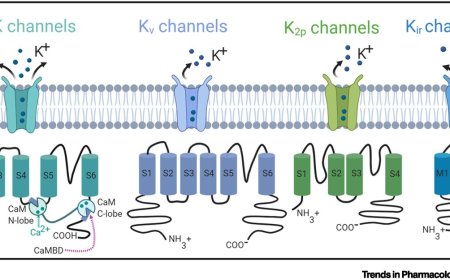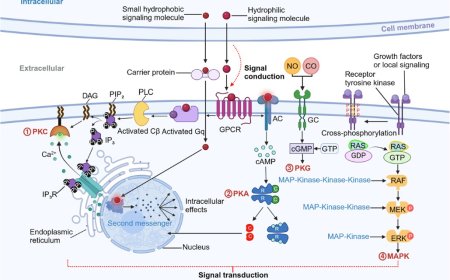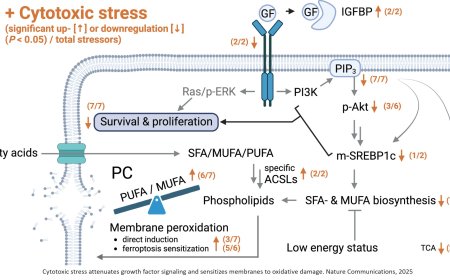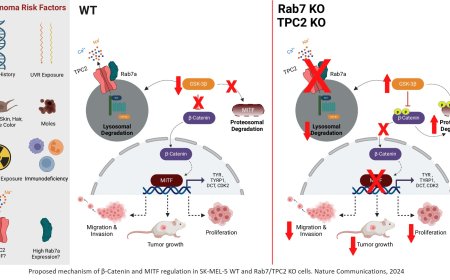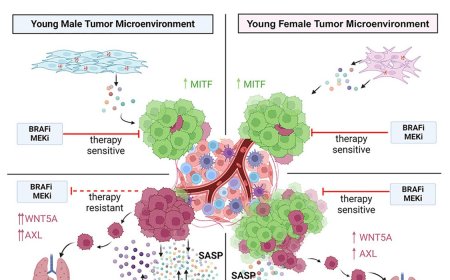Novel mechanism to kill TNBCs by using both AKT and EZH2 inhibitors
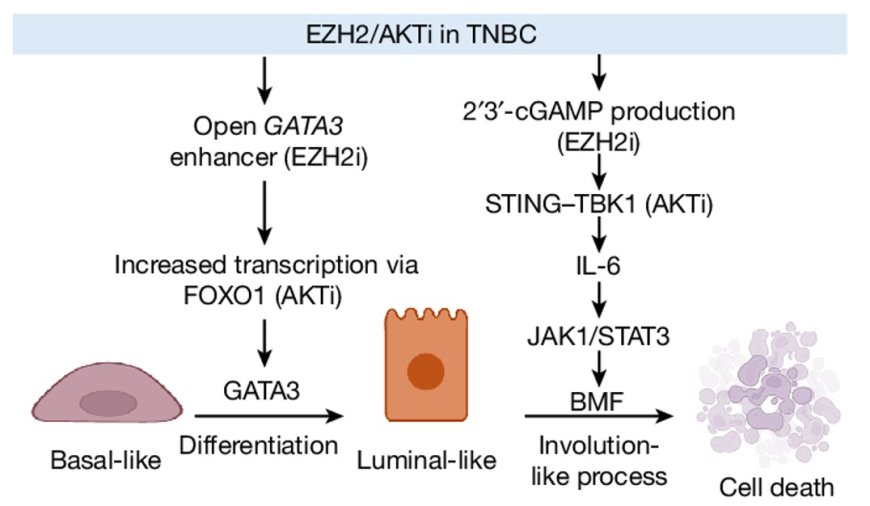
Triple negative breast cancer (TNBC) remains the most aggressive and deadly type of breast cancer, but new findings from cancer researchers, are pointing the way toward therapeutic strategies that could be tested in clinical trials in the future. Using patient-derived samples in pre-clinical work, researchers discovered that by combining two therapeutic agents they could nudge TNBC cells into a more treatable state. Findings are published in Nature.
“When combined, these therapeutic agents can hijack signals that occur naturally in the body to eliminate breast cells after the cessation of lactation to kill these aggressive cancer cells,” said the senior author. “Our results provide compelling support for the development of clinical trials to test whether combining these agents could benefit patients with TNBC.”
Components of the PI3K pathway represent plausible therapeutic targets; more than 70% of TNBCs have alterations in PIK3CA, AKT1 or PTEN. However, in contrast to hormone-receptor-positive tumors, it is still unclear whether or how triple-negative disease will respond to PI3K pathway inhibitors.
Specifically, the researchers discovered that that by combining two types of agents known as EZH2 and AKT inhibitors, they could coax TNBC cells to differentiate. Once the cells are differentiated, these agents kill tumor cells by triggering a process similar to involution, which normally occurs when breast tissue returns to a non-lactating state after a mother stops producing breast milk.
Mechanistically, the authors show that AKT inhibitors synergize with agents that suppress the histone methyltransferase EZH2 and promote robust tumor regression in multiple TNBC models in vivo. AKT and EZH2 inhibitors exert these effects by first cooperatively driving basal-like TNBC cells into a more differentiated, luminal-like state, which cannot be effectively induced by either agent alone. Once TNBCs are differentiated, these agents kill them by hijacking signals that normally drive mammary gland involution.
The researchers also used machine learning to predict patient responses—another step that could help set the stage for clinical trials in patients.
In future studies, the researchers are interested in exploring whether similar drug combinations may be effective in other tumor types.
